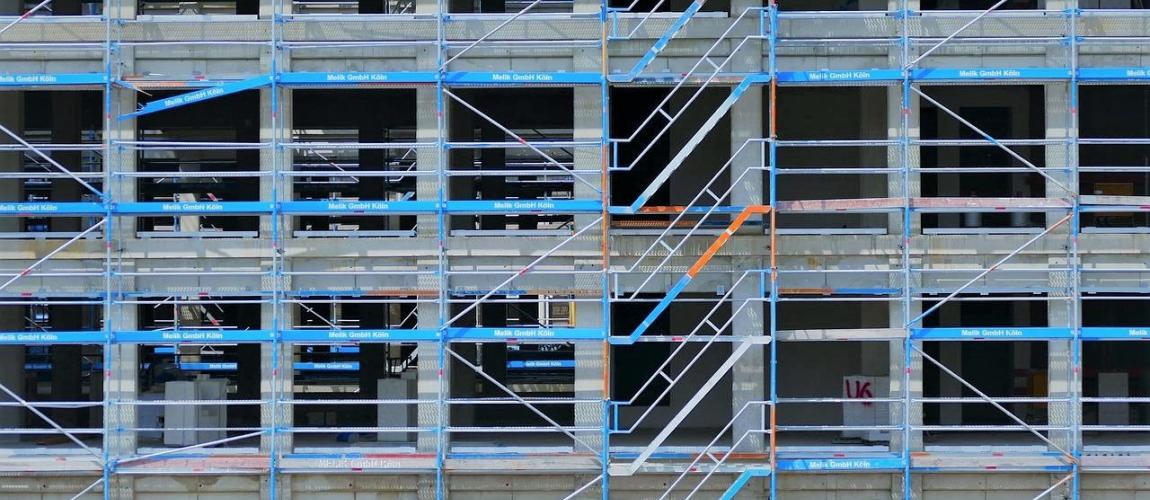Identifying Priority Public Investment Projects

Photo Credit: Image by Pixabay
The starting point—or precursor—to identifying a potential PPP is identifying a priority public investment project. Many governments have well-defined processes and methodologies for public investment planning. These may extend from setting out sector or infrastructure strategies, assessing project options to meet objectives, conducting detailed feasibility and cost-benefit analyses, and prioritizing projects within an overall public investment plan or fiscal envelope. Sound public investment planning and management are crucial components of the success of PPP projects. Like all public investment projects, a PPP needs to address clearly-identified socio-economic objectives that are central to sector needs—particularly since the long-term nature of PPP contracts effectively locks in asset and service specifications over a long-term period. Procurement skills are essential to deliver a well-structured PPP that meets public investment management standards. The World Bank webpages on Public Investment Management (PIM) (WB-PIM) provides a wealth of resources and examples on this topic. Rajaram et al’s book on PIM (Rajaram et al. 2014) presents a step-by-step approach and specifically addresses PPPs. An IMF report on infrastructure efficiency (IMF 2015a) concluded that countries with stronger PIM institutions have more predictable, credible, efficient, and productive investments. This IMF research, by focusing on the quality of investment results (output)—instead of its volume (input)—suggests that better public investment decisions lead to higher economic growth, implying that strengthening PIM institutions could be as effective, in terms of output, as increasing investment by two-thirds of the estimated additional needs. In some cases, PPP project ideas may also emerge from other sources than the standard public investment planning process. These could include: However, wherever a PPP is developed outside the typical public investment planning process, this raises the risk that such ideas may not be well-integrated with broader sector and infrastructure plans and priorities. Such project ideas must imperatively be subject to the same analysis and screening as any proposed public investment and PPP.
Find in pdf at PPP Reference Guide - PPP Cycle or visit the PPP Online Reference Guide section to find out more.
Updated: June 24, 2022
Related Content
INTRODUCTION
Page Specific DisclaimerVisit the PPP Online Reference Guide section to find out more.
PPP BASICS: WHAT AND WHY
Page Specific DisclaimerVisit the PPP Online Reference Guide section to find out more.
Featured Section LinksESTABLISHING THE PPP FRAMEWORK
Page Specific DisclaimerVisit the PPP Online Reference Guide section to find out more.
PPP CYCLE
Page Specific DisclaimerVisit the PPP Online Reference Guide section to find out more.
Identifying PPP Projects
Appraising Potential PPP Projects
Structuring PPP Projects
Designing PPP Contracts
Managing PPP Transactions
Managing PPP Contracts
Dealing with Unsolicited Proposals
Key References - PPP Cycle